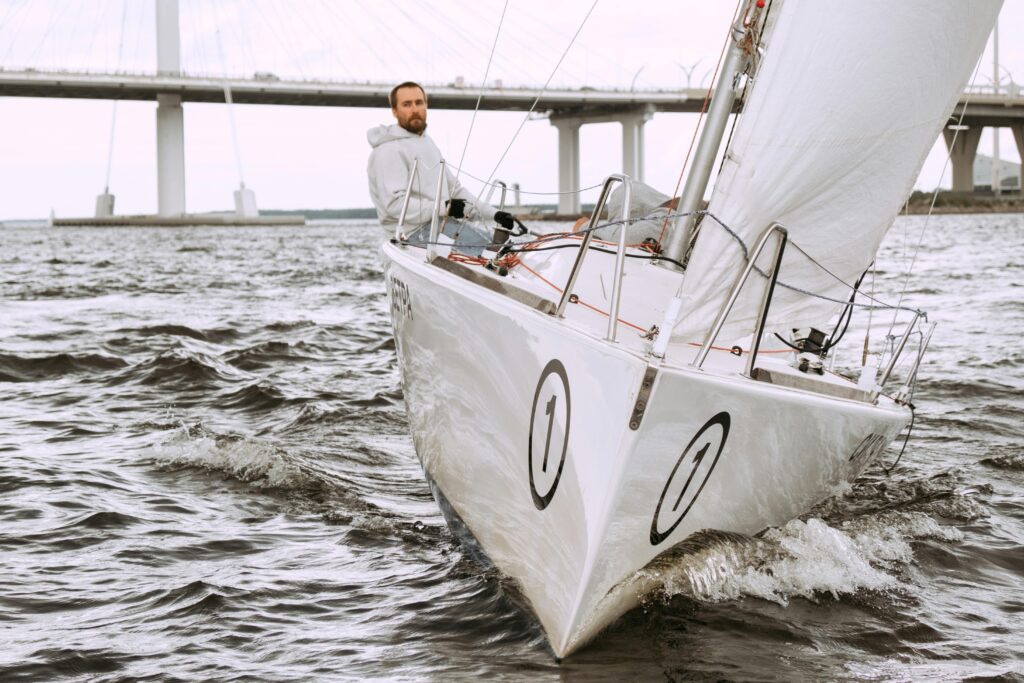Securing your boat is a crucial expertise that each boater needs to dominate.
Whether you're securing for a mid-day break, short term visit, or to fish in one spot, knowing how to moor accurately guarantees the wellbeing of your vessel and the solace of those ready. Learn more details about kajakk .
Mooring includes something beyond making a stop over the edge; it requires grasping various methods and acclimating to different circumstances. This guide will walk you through the fundamental stages and methods for securing your boat in various situations.
Utilizing a More prominent Extension: Expanding the Length of Rode for Better Holding Power: In blustery circumstances, increment your degree to something like 10:1 to give seriously holding power and diminish the possibilities of the anchor hauling.
In blustery circumstances, it's fundamental to routinely take a look at your anchor to guarantee it isn't hauling. Utilize visual course or electronic guides to screen your situation and change as required.
Situating Upstream: Setting the Anchor Upstream to Control the Drift While securing in a current, position your boat upstream of where you need to be moored. This permits the current to assist with setting the anchor as you let out the rode.
In solid flows, a heavier anchor or one intended for better holding power in the particular seabed is important. The additional weight helps the anchor dive in and hold against the current.
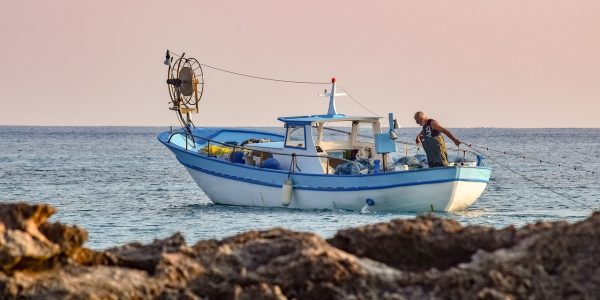
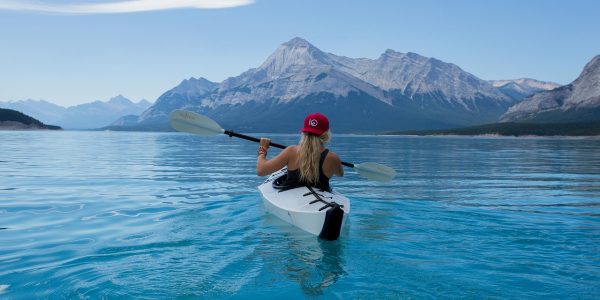
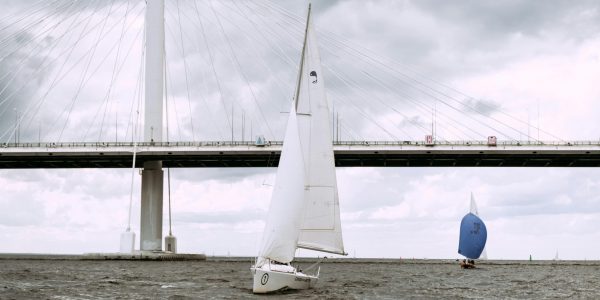
In rough regions, consider utilizing an outing line, a line joined to the anchor’s crown, to assist with recovering the anchor on the off chance that it becomes stuck. This permits you to haul the anchor out from a similar heading it headed down, keeping away from harm. In rough or weedy circumstances, the anchor probably won’t hold as safely as in different seabeds. It’s fundamental to check the hold cautiously and be ready to reset the anchor if important.
Bird Watching: Spotting and Recognizing Neighborhood Species
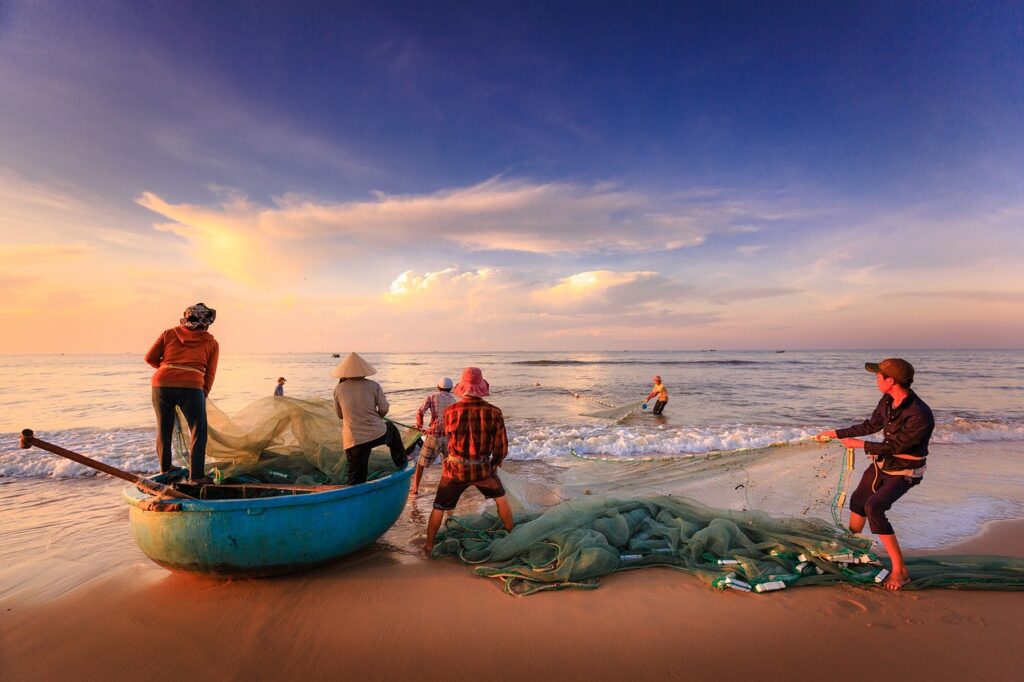
Nature Scrounger Chase: Drawing in Children in a Tomfoolery and Instructive Quest Make a nature forager chase with a rundown of things to find or notice, like explicit plants, creatures, or regular highlights. This action urges children to focus on their environmental elements and find out about the neighborhood climate. Swimming: Finding the Submerged World If you’re sailing in clear, quiet waters, swimming is a phenomenal way for youngsters to investigate the submerged climate. Give them veils, snorkels, and blades, and allow them to find fish, corals, and other marine life very close.
Drifting isn’t about activity-pressed undertakings; it’s likewise a magnificent method for unwinding and appreciating quality time with your loved ones. Picnicking on the boat or a close by shore can transform a straightforward feast into an essential encounter: Load a cookout with family top picks like sandwiches, natural products, and tidbits. Remember a lot of water and sunscreen to remain hydrated and safeguarded from the sun. Tracking down the Ideal Spot: Picking a Beautiful Area to Secure and Partake in Your Meal Search for a peaceful, grand spot to moor your boat and partake in your outing. Whether it’s a detached inlet, a sandy ocean side, or a quiet riverside, the right area can improve the experience.
